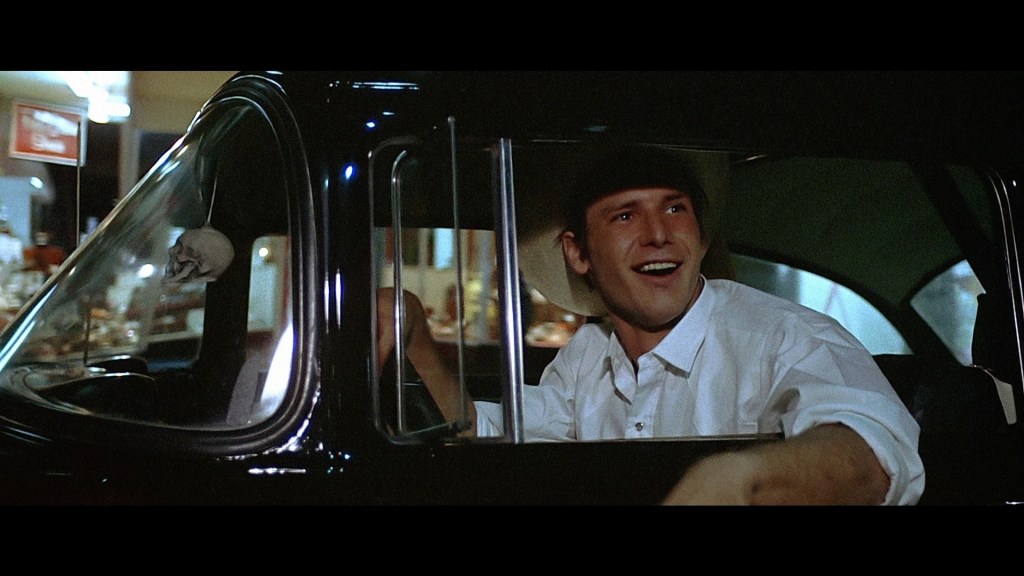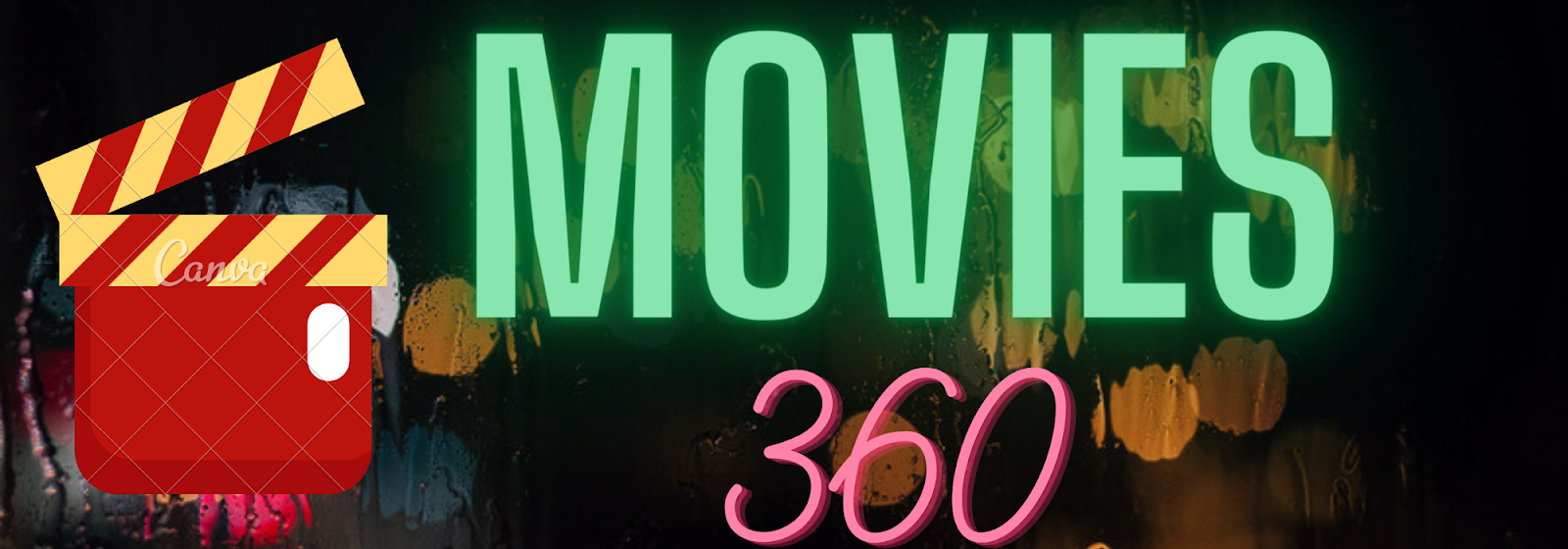
When American Graffiti hit theaters in August 1973, critics hailed it as a charming and nostalgic throwback to a bygone era. They appreciated director George Lucas‘s devotion to character-driven storytelling, the film’s incredible soundtrack of classic tunes, and its relatable and engaging coming-of-age storylines.
At the time, the picture stood out amidst a crowd of dark, dour pictures that reflected the times. It thrilled audiences with a lighthearted, candy-coated look at youthful innocence, naivete, and exuberance during a specific period in American history.
Moreover, American Graffiti kickstarted the careers of practically everyone involved. Lucas would use his newfound fame to produce a little movie called Star Wars. Ron Howard went on to star in the similarly themed TV series Happy Days before delving into the world of directing. Richard Dreyfuss, Suzanne Somers, and Harrison Ford all enjoyed storied careers, as well.
I used to watch American Graffiti with my dad. While he cruised the city streets in his Gremlin and $2,000 Camaro a decade after the time displayed in the film, he still related to Curt, Steve, Milner, and Toad, whose exploits weren’t unlike his own during his youth. For him, the picture was a plea to return to a more innocent time before the Vietnam War and murky politics divided Americans.
Somehow, the picture remains more relevant than ever.
Indeed, in this day and age of nonstop vitriol and endless political deception, it’s almost sad to watch American Graffiti and see a group of kids run amok through Modesto, California, without a care in the world, free from the rigors of adult life lying in wait at the crack of dawn. Of all the characters, Curt (Dreyfuss) is the only one who seemingly understands everything he’s leaving behind. He quietly roams the halls of his former high school, oddly longing for the days of tedious classroom lectures, tests, and sock hops. At one point, a woman eyes him from a white Ford T-Bird and he spends the rest of the night searching for her. It’s a last-ditch effort to cling to the town he grew up in before making his way to the uncertainties of college and professional life.
Few movies capture the spirit of nostalgia quite as well as American Graffiti. It’s not about the cars, the music, the technology, or the pop culture references. Nostalgia is a feeling, a desire to return to a simpler time in one’s life. In 1973, America had endured over a decade of war, witnessed the death of a president, and fumed over the Watergate scandal surrounding then-President Richard Nixon. Americans needed an escape.
Little wonder American Graffiti is set in late August/early September of 1962, just before the turmoil hit. Here — amidst the howls of Wolfman Jack — nothing is more important than a drag race or finding the love of your life. Kids toss water-filled balloons, evade cops, relax at the local diner, and make out in dimly lit forests.
However, trouble lingers on the horizon as adult life slowly creeps in. Steve (Howard) yearns to take the next step in his relationship with Laurie (Cindy Williams), wanting more than the concept of high school romance. Curt commits illegal acts with a street gang, breaking through his youthful innocence. A street race ends in near tragedy as a car spins out of control and winds up in flames, perhaps a precursor of the dangers lurking ahead.
Heavy stuff, albeit coated in a warm blanket of naivete. American Graffiti is energetic, funny, and undeniably engaging. The subtext adds a layer of emotional complexity, and those title cards at the end remind viewers that everyone eventually grows up. Still, the adventures of our motley crew are entertaining enough to push reality away for 112 minutes and share a sliver of joy with characters carefully crafted to relate to each audience member.
Nostalgia is a tricky thing to pull off. When done right, it can conjure powerful emotions from an audience attached to a time or place. When done poorly, it’s maudlin and mawkish Hallmark sentiment stretched to two hours.
American Graffiti definitely falls into the former camp. It offers a window into a pivotal moment in American history, and invites us to relive the universal experience of youth and the thrill of freedom that comes with it. As we watch Curt, Steve, John, and the gang navigate Modesto’s streets amidst the tunes of Buddy Holly, The Beach Boys, and Chuck Berry, we remember our youthful dreams, friendships, and moments of recklessness. The way we felt when we had our first kiss, or broke our first rule.
Watch Billions Season 7 on Paramount+
American Graffiti serves as a poignant reminder of the importance of holding onto the past — not out of stagnation, but as a source of inspiration and reflection.
So, when you yearn for the uncomplicated days of yore, remember to watch American Graffiti. Let its nostalgic charm envelop you, allowing you to revisit a time when time seemed to slow down, the spirit of youth danced freely, and tunes on the radio drowned out the encroaching realities of life.
The post American Graffiti Was Nostalgia Done Right appeared first on ComingSoon.net - Movie Trailers, TV & Streaming News, and More.
from ComingSoon.net – Movie Trailers, TV & Streaming News, and More https://ift.tt/Q1qFB8s
